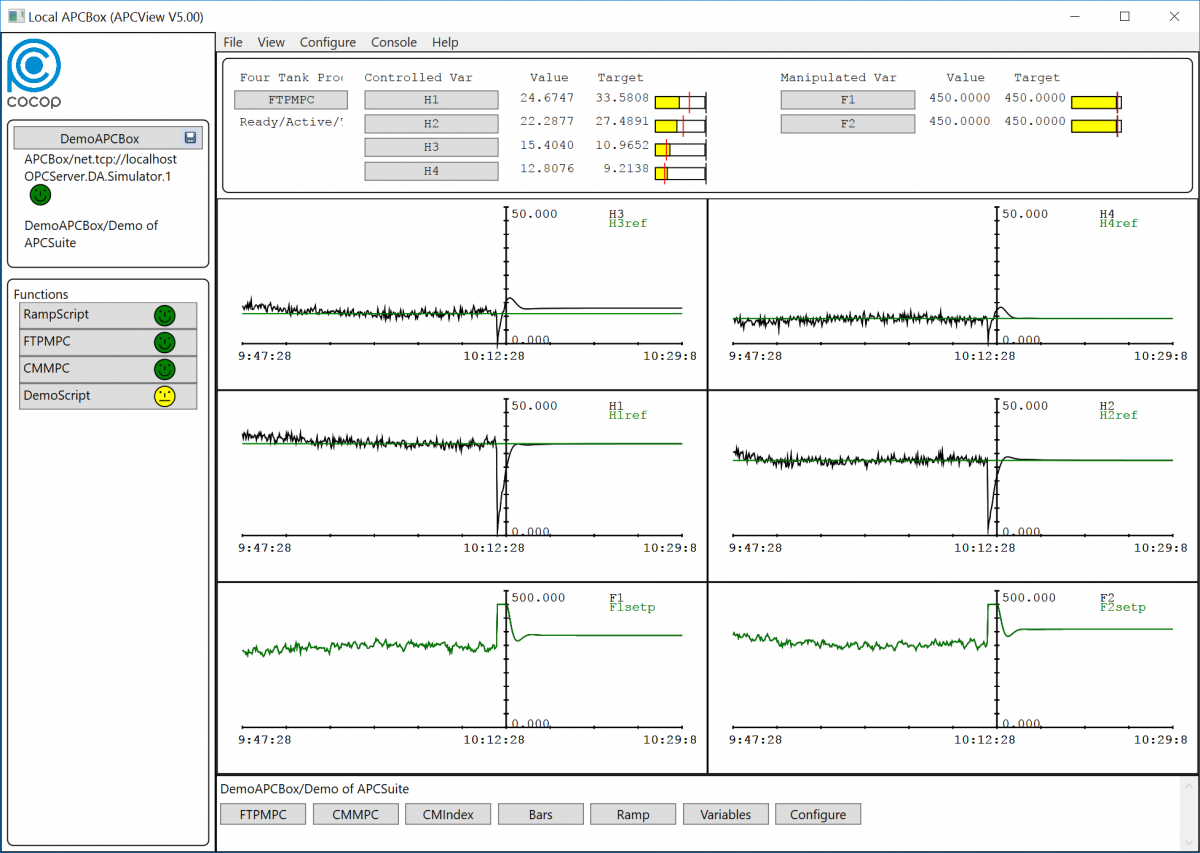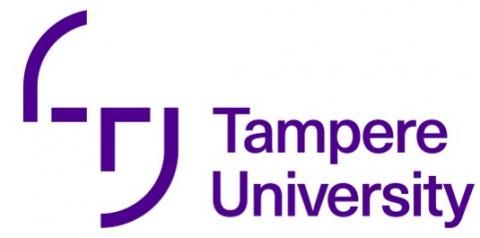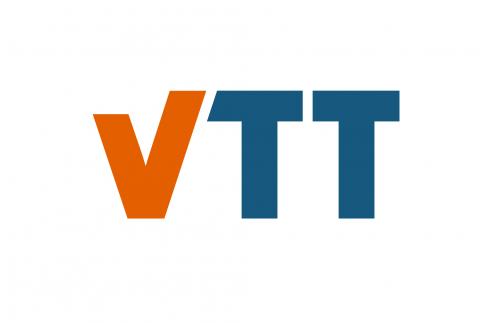Optimising process operations – Model Predictive Control
By Jørgen K H Knudsen from 2-control ApS (https:// www.linkedin.com/in/jørgen-k-h-knudsen-8b903b2b/)
One of the most successful techniques during the last decade for optimisation of process units has been Model Predictive Control, MPC. As the name implies, MPC uses a mathematical model of the process to predict the future states of a process as a function of inputs to the process.
The state of the process are temperatures in reactors, chemical compositions, masses, velocities etc. The inputs to the process are controlled variables and disturbances. Controlled variables can be material flows, cooling jacket temperatures etc. Disturbances are inputs to the process which cannot be controlled.
The MPC controller calculates the future controlled variables to the process that optimises a given criteria using advanced mathematical methods. One of the main reasons for MPC’s widely acceptance by the control room operators is the combined display of historical data and future operations of the plant as shown below.
In this way the operator can evaluate, the operations of the MPC controller, and eventually override the operation if needed.
The success of a MPC based system depends on the model and reliable measurements. If the model doesn’t describe the process behaviour good enough the controller performance will not perform adequately. Likewise, the measurement of the process stat must enable a reliable estimation of the process state to determine the optimal inputs to the process.
MPC technology is a well-established technology for processes described by linear models. The COCOP project will venture into the use of non-linear models utilizing the latest advances in non-linear MPC control theory.
In the Copper pilot case of the COCOP project, MPC will be used to control continuous processes as the Flash Smelting Furnace where the aim of the controller is to keep the furnaces state at a given target. The Peirce-Smith Converters and the Anode Furnaces will be controlled as batch processes, where the MPC minimizes operation cost and reaction time.
The Flash Smelting Furnace, the Peirce-Smith Converters and the anode Furnaces produce sulphordioxide and slag as by products. The operations of the individual processes will be coordinated by a MPC ensuring the total production of these by products are not exceeding the capacity of the Acid production unit and the slag handling unit.
Follow the discussion in the COCOP Debate Group of Linkedin
















